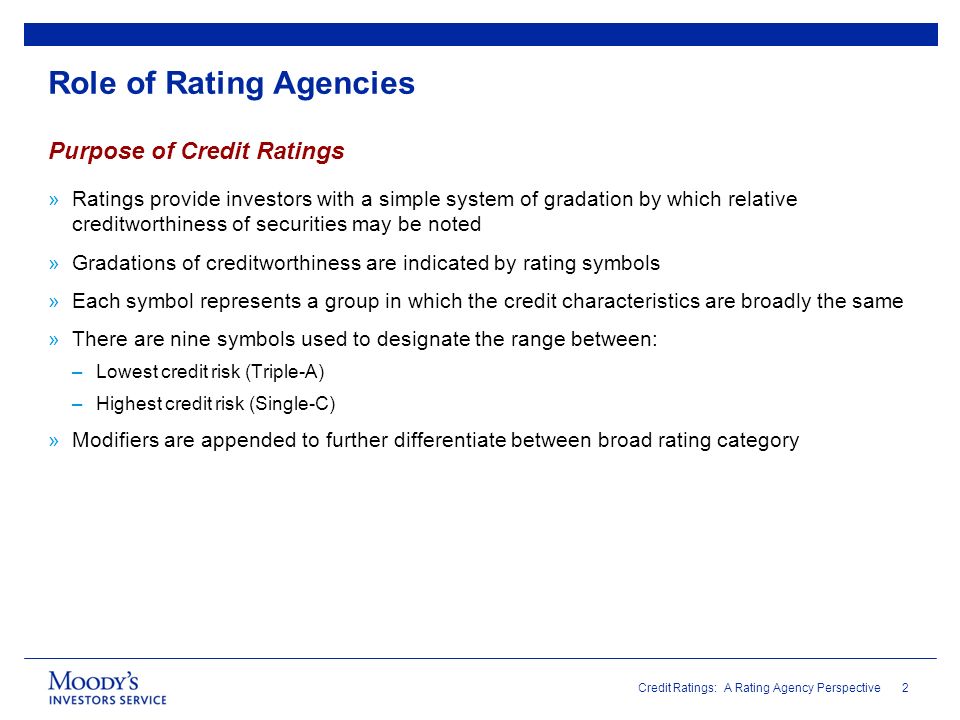
So if you’re 30, that would mean investing 70% in stocks and the rest in bonds. If you notice all the local teenagers wearing the same shoes, the shoe company might be worth a look. Stock market investing is a long-term process that could help you manage your finances. Investing in the stock market can seem daunting, https://1investing.in/ especially when you are just starting, as it may appear too complex or risky. Some accounts offer tax advantages if you're investing for a specific purpose, like retirement. Keep in mind that you may be taxed or penalized if you pull your money out early, or for a reason not considered qualified by the plan rules.

Most brokerages (but not all) offer both types of investment accounts, so make sure your company of choice has the account type you need. If yours doesn’t or you’re just starting your investing journey, check out Forbes Advisor’s list of the best brokerages to find the right choice for you. That enhanced compounding is why many financial advisors recommend long-term investors reinvest their dividends rather than spending them when they receive the payments. Most brokerage companies give you the option to reinvest your dividend automatically by signing up for a dividend reinvestment program, or DRIP.
Choose investments that match your tolerance for risk
Before you put in an order to buy stock, you need to understand a few details about the process—purchasing stock isn’t as simple as just pressing a buy button on an app. You’ll generally have to pick an order type, which provides instructions on how you want to purchase a stock. Our mission is to provide readers with accurate and unbiased information, and we have editorial standards in place to ensure that happens. Our editors and reporters thoroughly fact-check editorial content to ensure the information you’re reading is accurate. We maintain a firewall between our advertisers and our editorial team. Our editorial team does not receive direct compensation from our advertisers.
In short, one common way to make money in stocks is by adopting a buy-and-hold strategy, where you hold stocks or other securities for a long time instead of engaging in frequent buying and selling (a.k.a. trading). So if you're looking to start your investing journey — or get it back on track in the aftermath of the coronavirus stock market — stay grounded with the three key foundations of CAN SLIM investing. Now you may be wondering, how much money do you need to start investing in stocks? As IBD founder William J. O'Neil has written, "You can begin with as little as $500 to $1,000 and add to it as you earn and save more money." When it comes to understanding the stock market for beginners, learning how to read stock charts can be one of the more intimidating challenges. Once you understand the key concepts of chart reading and why you should use stock charts, you'll find it's not that hard to view charts to time your buys and sells.
invest
Index funds can be especially well-suited for young investors with a long timeline, who can allocate more of their portfolio toward higher-returning stock funds than more conservative investments, such as bonds. As we mentioned in Chapter 3, they track an index comprising many companies, as opposed to actively managed funds, where a live human is picking the fund’s underlying investments. Look for mutual funds that have an expense ratio lower than 0.5%, if possible. Investing is fun and challenging, and buying individual stocks can be a really satisfying (and profitable) hobby.
And the only way to guarantee you’ll be a part of any stock market recovery and expansion from the beginning is to be invested before the recovery starts. Limit orders are a good tool for investors buying and selling smaller company stocks, which tend to experience wider spreads, depending on investor activity. They're also good for investing during periods of short-term stock market volatility or when stock price is more important than order fulfillment. The ideal time to sell your stocks is when you need the money. Long-term investors should have a strategy centered on a financial goal and a timeline for achieving it. That means it should include a plan to start tapping your investments and using the cash you’ve accumulated when the time is right.
Index funds
If the price has gone down, you can use the loss to offset gains you may have earned elsewhere in your portfolio. If you own another stock that gained $15 a share, you can sell both stocks and owe taxes only on the $5 a share difference. If you do decide to give your broker the sell order, be sure you understand the full form of fte tax consequences first. If the stock price has gone up since when you first bought it, you may have to pay capital gains taxes. Whether you’ve opened a brokerage account or an advisor-led account, your own behavior is one of the biggest factors in your success, probably as important as what stock or fund you buy.
A higher-risk portfolio would likely encompass a significant number of stocks and fewer (if any) bonds. As young investors grow older and need to reduce the risk in their portfolios, they should reduce their investment in stocks and increase their investment in bonds. When a company issues bonds on the market, they are basically asking investors for loans to raise money for their organization.
If you own a mutual fund (in your 401(k), for example) then — congratulations! One look at the historic rate of return of the major asset classes shows that the stock market is going to give you the biggest bang for your bucks. Historically, the stock market's average annual return is 10% before inflation; other asset classes rarely come close to that. If you’re buying stock through an employer-sponsored retirement plan like a 401(k), you’ll need to indicate what percentage of your pay or a flat dollar amount you want to be deducted from each paycheck. Don’t be shy about asking for a fee schedule or chatting with a customer service representative at an online brokerage or robo-advisor to advise you on fees you might incur as a customer. Lastly, the company's lofty valuation could be virtually impossible to sustain.
Should you buy stocks or bonds?
A government bond is a loan from you to a government entity (like the federal or municipal government) that pays investors interest on the loan over a set period of time, typically one to 30 years. Because of that steady stream of payments, bonds are known as a fixed-income security. Government bonds are virtually a risk-free investment, as they’re backed by the full faith and credit of the U.S. government. These mutual funds will allow you to invest in thousands of companies, plus hold a large variety of bonds — and they can power your retirement savings for decades. The stock market indices are commonly used to benchmark the performance of fund managers and other stocks. For instance if a mutual fund that benchmarks its performance to the NIFTY did 15% returns this year and the NIFTY did 20%, the mutual fund actually “underperformed” its benchmark.
The most surefire way to make money in the stock market is to buy shares of great businesses at reasonable prices and hold on to the shares for as long as the businesses remain great (or until you need the money). If you do this, you'll experience some volatility along the way, but over time you'll produce excellent investment returns. The first thing to consider is how to start investing in stocks. Some investors choose to buy individual stocks, while others take a less active approach. Some brokers have no (or very low) minimum deposit restrictions. We may receive compensation if you visit partners we recommend.
How to Invest in Platinum Stocks - Money
How to Invest in Platinum Stocks.
Posted: Wed, 13 Sep 2023 13:54:15 GMT [source]
The beauty of an ETF is that it trades like a stock, which means investors can purchase them for a share price that is often less than the $500-plus minimum investment many mutual funds require. A mutual fund pools cash from investors to buy stocks, bonds or other assets. Mutual funds offer investors an inexpensive way to diversify — spreading their money across multiple investments — to hedge against any single investment’s losses. If you’re investing through your 401(k) or another type of workplace plan, a target-date fund can be a great option for hands-off investing.
The 10 Best Stocks To Buy Now
NerdWallet, Inc. is an independent publisher and comparison service, not an investment advisor. Its articles, interactive tools and other content are provided to you for free, as self-help tools and for informational purposes only. NerdWallet does not and cannot guarantee the accuracy or applicability of any information in regard to your individual circumstances. Examples are hypothetical, and we encourage you to seek personalized advice from qualified professionals regarding specific investment issues. Our estimates are based on past market performance, and past performance is not a guarantee of future performance.

Similarly, some types of stocks offer fixed income that more resembles debt than equity, but again, this usually isn’t the source of stocks’ value. Put simply, a company or government is in debt to you when you buy a bond, and it will pay you interest on the loan for a set period, after which it will pay back the full amount you bought the bond for. If the company goes bankrupt during the bond period, you’ll stop receiving interest payments and may not get back your full principal.
Other words from invest
Either way, there’s a $0.05 processing fee for every share bought. Reinvesting any dividends incurs a charge of 5% amount invested up to a maximum of $5. ComputerShare will round up your investment with fractional shares, if necessary. Stocks play a central role in an investment portfolio, so learning how to buy stocks is your first job as an investor.
- The key to building wealth is to add money to your account over time and let the power of compounding work its magic.
- When it comes to stocks vs. bonds, one isn't better than the other.
- If the stock you are eying is trading at $10 but you don't want to pay any more than $9.95, you can place a limit order at $9.95 that will only get filled if the price dips to that level.
- When the market is falling, you may be tempted to sell to prevent further losses.
- You could consider selling your stocks if you need cash and they’ve risen in value, but doing so means you may pay capital gains taxes on the sale, and you may miss out on future gains over time.
Still others may offer a certain number of commission-free trades for opening an account. It can be difficult to diversify when investing in individual stocks if your budget is limited. For example, with just $1,000, you may only be able to invest in one or two companies. By investing your money regularly, you may be able to increase it many times over with time. That's why it's important to begin investing as early as possible and as soon as you have some money saved for that purpose. If you’re after the thrill of picking stocks, though, that likely won’t deliver.
Our tools, info, and professional guidance mean you’ll never have to face the markets on your own. The S&P 500 (also known as the Standard & Poor's 500) is a stock index that consists of the 500 largest companies in the U.S. It is generally considered the best indicator of how U.S. stocks are performing overall. There's also the user-friendliness and functionality of the broker's trading platform.